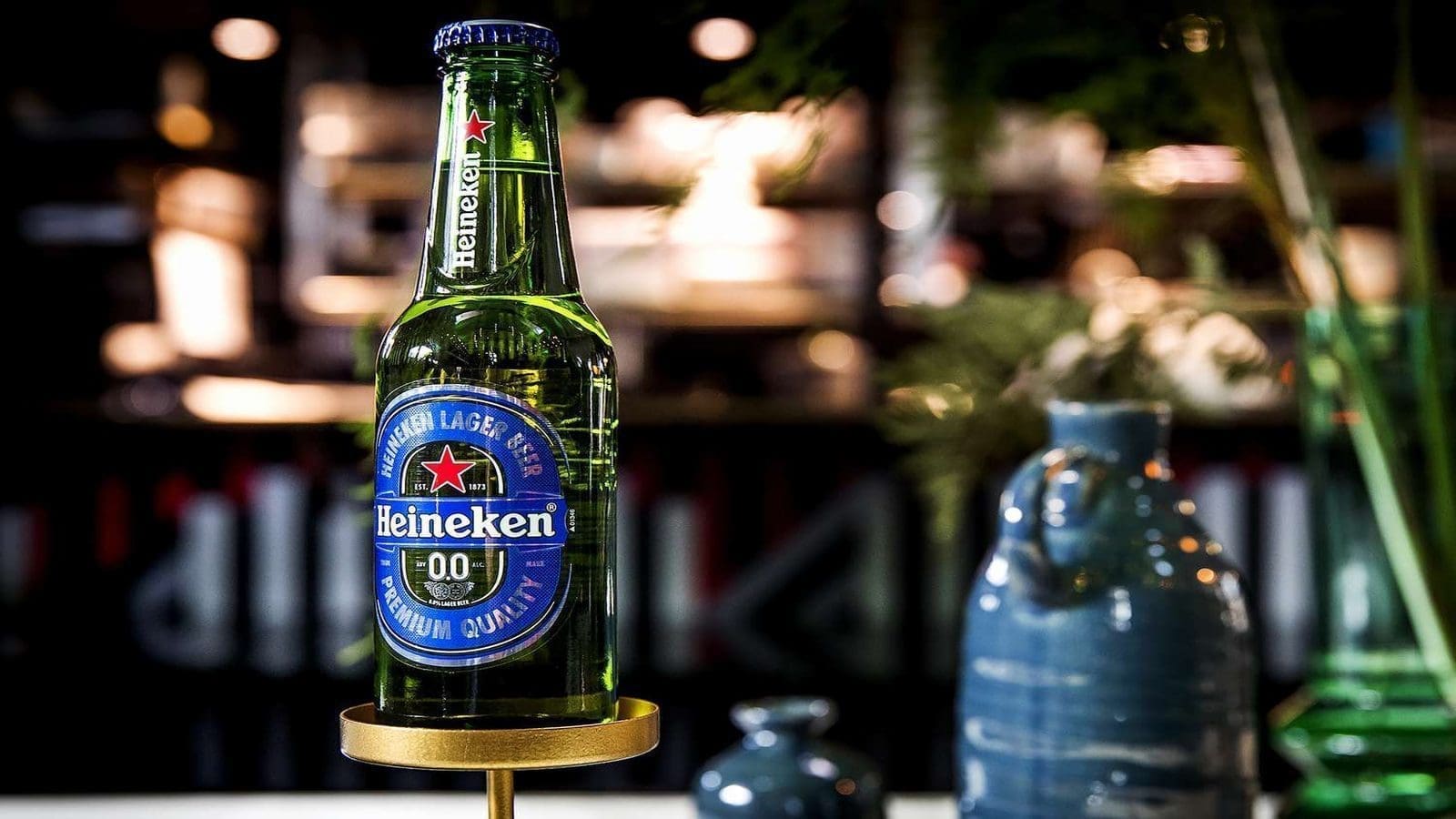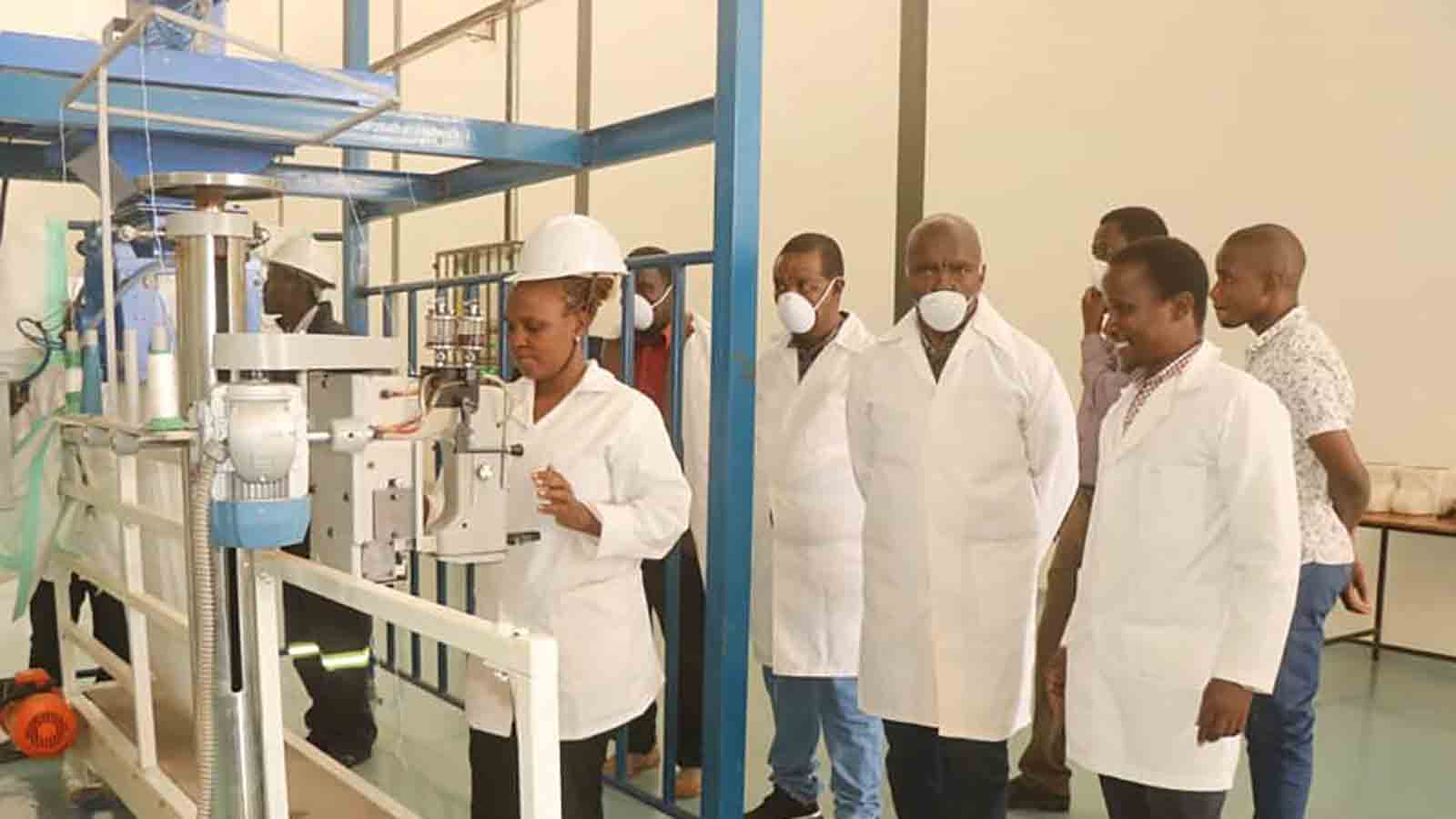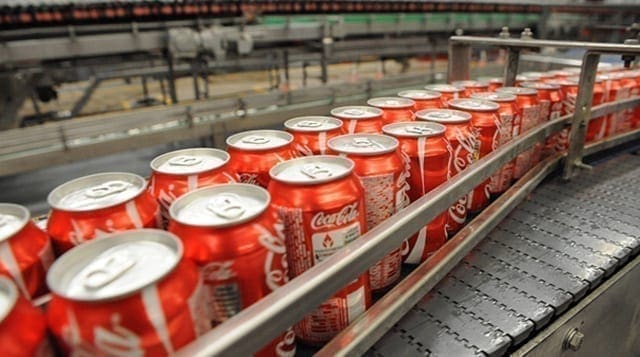GLOBAL – IWSR data shows increased consumer demand for no- and low-alcohol beer/cider, wine, spirits, and ready-to-drink (RTD) products across ten key global markets in 2022 led to a more than 7% volume growth.
The pace of growth is expected to surpass that of the last four years, with forecast volume CAGR of +7%, 2022-26, compared to +5%, 2018-22.
In the category, no-alcohol will spearhead this growth, expected to account for over 90% of the forecast total category volume growth. No-alcohol beer/cider will contribute nearly 70% of the overall no/low-alcohol growth between 2022 and 2026.
Even as the no-alcohol wine growth is expected to be more fragmented, but positive, across markets, IWSR says no-alcohol spirits will see some more dynamic growth, as brand owners invest in innovation, and products are given more space by retailers and the on-trade.
Meanwhile, low-alcohol is expected to grow at a 2% volume CAGR, 2022-26, with much growth driven by the low-alcohol beer and wine categories.
The IWSR No- and Low-Alcohol Strategic Study examined Australia, Brazil, Canada, France, Germany, Japan, South Africa, Spain, the United Kingdom, and the United States markets. In the markets, the value of no/low alcohol products in 2022 surpassed US$11 billion, up from US$8 billion in 2018.
No-alcohol volumes grew 9% in 2022, increasing its share of the overall no/low-alcohol space in the world’s 10, leading no/low markets to 70%, up from 65% in 2018.
IWSR attributes the dominance to improved taste, production techniques, and diversification of consumption occasions.
The leading analytical data firm in the beverage alcohol market expects no-alcohol volumes to grow at a compound annual growth rate (CAGR) of +9% between 2022 and 2026.
“The dynamic no/low-alcohol category presents opportunities for incremental sales growth as consumers are recruited from drinks categories such as soft drinks and water. Brand owners have an opportunity to recruit non-drinkers of alcohol,” commented Susie Goldspink, Head of No- and Low-Alcohol, IWSR Drinks Market Analysis.
“As more people opt to avoid alcohol on certain occasions–or abstain from it altogether–no-alcohol is steadily increasing its share of the no/low category.”
The data reveals that Germany, the world’s largest and most mature no/low-alcohol market, will see relatively slow growth due to beer market maturity and lack of innovation while more dynamic growth will come from markets including Australia, Canada, and the US, which will all see double-digit volume compound annual growth rates, 2022-26.
On the other hand, lack of visibility in the mainstream on-trade among retailers, due to confusion about where they should be displayed, will remain the biggest challenge. The cost has become less of a barrier for non-consumers of no/low alcohol, dropping from 14% in 2021 to 7% in 2022.
Among the trend highlighted by the global beverage analysis firm involves modification of ABV (alcohol by volume), some producers are focusing on innovation in packaging, functional benefits, and flavor, to broaden the options available to consumers and to allow brands to keep consumers within their portfolios.
For all the latest food industry news from Africa and the World, subscribe to our NEWSLETTER, follow us on Twitter and LinkedIn, like us on Facebook and subscribe to our YouTube channel.











